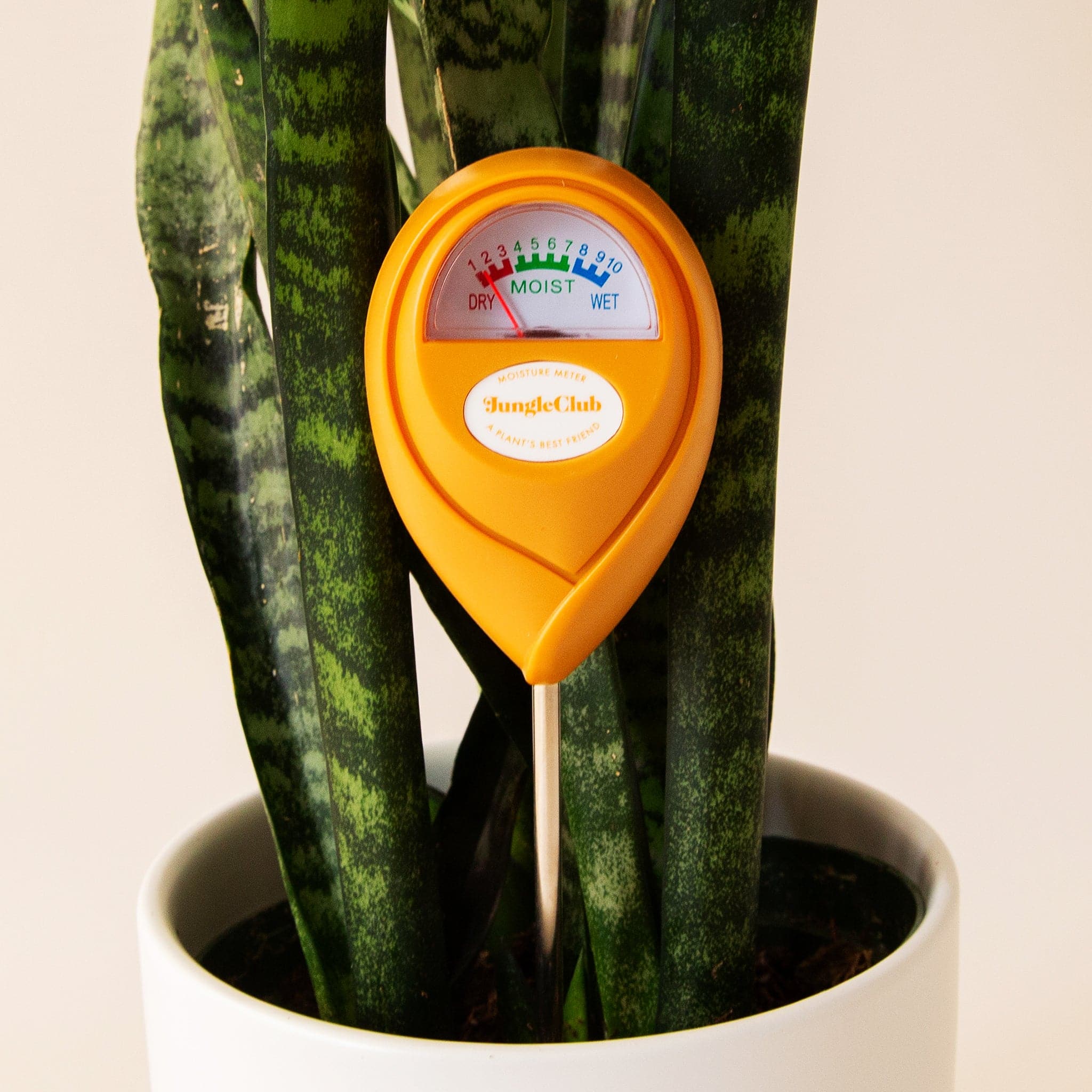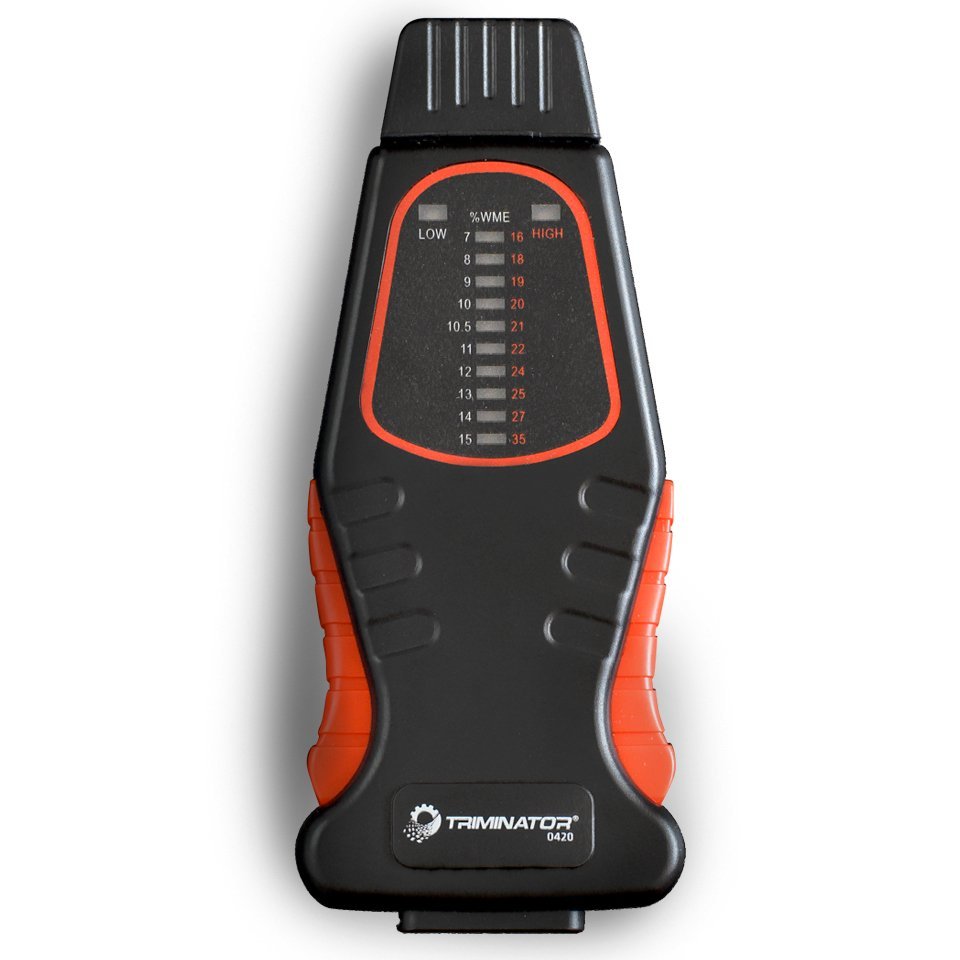Understanding the Various Kinds Of Moisture Meters and Their Applications
Understanding the Various Kinds Of Moisture Meters and Their Applications
Blog Article
Delve Into the World of Moisture Meters: Every Little Thing You Need to Know
In the realm of moisture meters exists a globe of precision and practicality that typically goes unnoticed. These gadgets, while apparently uncomplicated, hold a wide range of info that can significantly influence different markets and applications. Recognizing exactly how moisture meters operate, the different types readily available, and their varied uses can drop light on their importance in making certain high quality and effectiveness. By discovering the complexities of moisture meters, one can reveal an important device that transcends simple measurement, offering insights that can make a considerable difference in many fields.
Exactly How Moisture Meters Work
Moisture meters operate by determining the electric conductivity or capacitance of products to determine the dampness content present. These meters are vital devices throughout different sectors, consisting of construction, agriculture, and woodworking. By using different techniques such as pin-type or pinless innovation, moisture meters give accurate analyses that help experts make educated choices.
Pin-type moisture meters work by inserting the sharp pins right into the product being tested. The electrical conductivity in between the pins is then gauged, with greater dampness levels leading to increased conductivity. Moisture Meter. On the various other hand, pinless wetness meters utilize electromagnetic signals to check a bigger area without causing any damage to the material's surface area. These meters are optimal for rapidly evaluating dampness degrees in huge areas or ended up products.
No matter of the technique used, moisture meters play a critical role in protecting against problems such as mold and mildew development, structural damage, or product problems brought on by excess wetness. Understanding just how these meters work is essential for ensuring the top quality and honesty of materials in numerous applications.
Kinds Of Moisture Meters
Given the critical function wetness meters play in numerous sectors, it is vital to understand the various types available to experts for accurately analyzing wetness levels - Moisture Meter. There are primarily two major kinds of wetness meters: pin-type and pinless wetness meters

On the other hand, pinless wetness meters make use of electro-magnetic sensing unit plates to scan a bigger area of the material without triggering any damages. This type appropriates for quickly scanning huge areas and is frequently used for flooring, walls, and ceilings. Pinless meters are hassle-free for taking analyses on finished surface areas without leaving any type of visible marks.
Both kinds of dampness meters have their benefits and are picked based upon the particular needs of the work handy. Understanding the differences in between these kinds is crucial for experts to make accurate dampness analyses.
Applications Throughout Industries
With varied functionalities, moisture meters discover extensive application across numerous industries, helping professionals in making certain ideal conditions for products and structures. In the farming sector, moisture meters are very useful for figuring out the wetness content in grains, seeds, and hay, making sure high quality control and stopping mold development. Building and construction specialists count on dampness meters to assess the dampness levels in structure materials like timber, drywall, and concrete, which is essential for maintaining architectural integrity and preventing concerns like rot or mold and mildew. The floor covering market utilizes moisture meters to determine the wetness web content in subfloors prior to mounting numerous flooring coverings, stopping costly problems because of excess wetness. In the food market, moisture meters are made use of to keep an eye on and control moisture levels in products such as grains, nuts, and dried fruits to maintain quality and top quality. Furthermore, dampness meters play a vital function in the repair and damages analysis sector by aiding experts identify and deal with water damages in structures promptly. Throughout these varied industries, dampness meters are crucial devices for ensuring the high quality, safety, and durability of different products and products.
Tips for Utilizing Moisture Meters
Make use of the dampness meter's calibration settings to guarantee exact analyses when gauging the dampness material in different products. Furthermore, make certain the meter is set to the proper dampness range for the material you are determining to get the most precise results.
When making use of a pin-type dampness meter, insert the pins to the proper depth suggested for the material being evaluated. This makes sure that the dampness analyses are drawn from the right deepness within the product, supplying a much more accurate depiction of its moisture material. For pinless dampness meters, remember to keep appropriate call with the product's surface area to obtain trusted readings.
On a regular basis inspect and change the batteries in your dampness meter to stop imprecise analyses as a result of low power. Shop the meter in a completely dry and secure location when not being used these details to lengthen its life expectancy and keep its accuracy. By complying with these ideas, you can take full advantage of the performance of your dampness meter and get exact wetness material measurements throughout various products.
Maintenance and Calibration
To make sure the precision of dampness content measurements, routine maintenance and calibration of the moisture meter are essential actions in its appropriate functioning. Calibration readjusts the wetness meter to ensure that it offers trustworthy and consistent outcomes.
Calibration should be executed occasionally, specifically if the moisture meter is utilized regularly or in vital applications where accurate measurements are required. Lots of dampness meters come with calibration devices or can be adjusted by specialist services. Moisture Meter. It is recommended to keep a log of calibration dates and results to track the performance of the dampness meter in time. By keeping and calibrating the moisture meter on a regular basis, individuals can rely on the precision of the dampness web content measurements gotten.
Final Thought

To conclude, moisture meters play a crucial role in various industries by precisely determining the moisture material of materials. Comprehending how these gadgets function, the various types offered, and correct upkeep and Get More Info calibration are crucial for acquiring trustworthy outcomes. Whether in farming, building, or production, making use of wetness meters assists make sure high quality control and effectiveness in processes.

In conclusion, wetness meters play a vital duty in numerous markets by accurately gauging the moisture material of materials.
Report this page